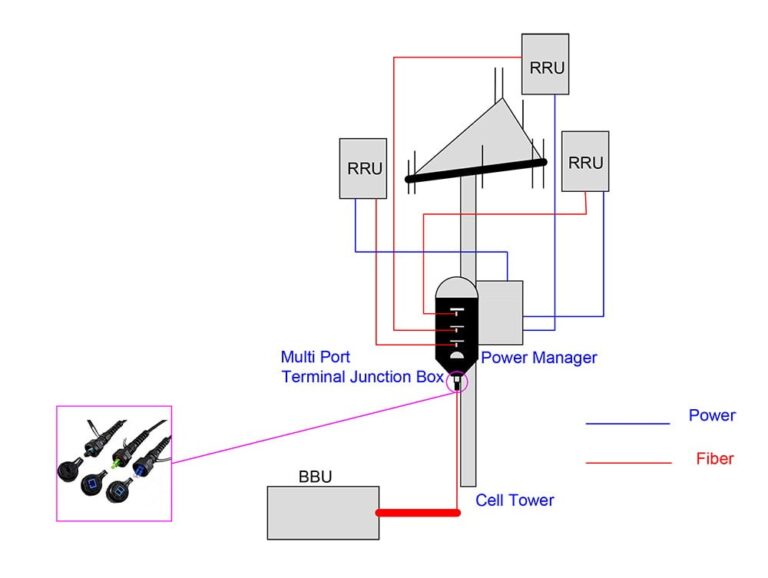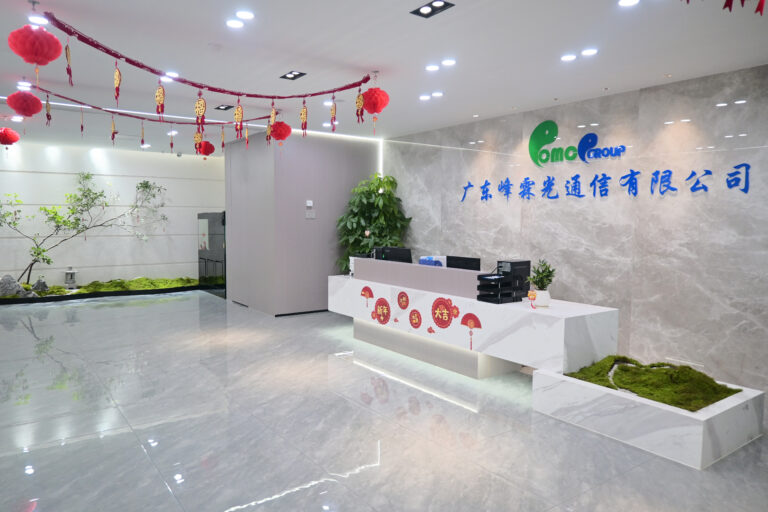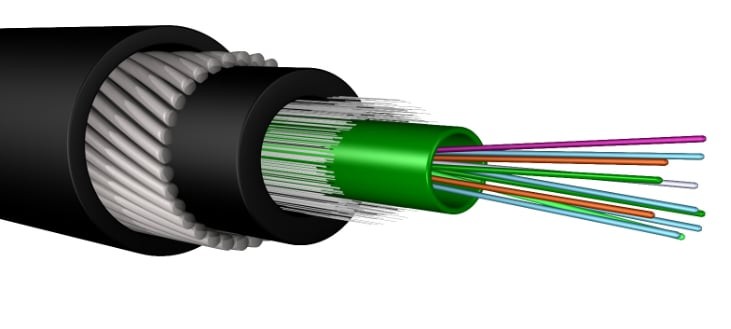When it comes to fiber optic cables, two main types dominate the market: single mode fiber cable and multimode fiber cable. Both offer distinct benefits and are designed for different types of applications. In this post, we’ll dive into the differences between these two fiber types, helping you choose the best option for your needs.
What is a Single Mode Fiber Cable?
A single mode fiber cable is designed to carry light directly down the fiber with minimal signal loss over long distances. It has a smaller core diameter (typically around 9 microns) which allows only one light mode to propagate through it. This results in less interference and attenuation, making it ideal for long-distance communication.
For applications like telecoms, data centers, and long-haul networks, single mode fiber cable is the go-to choice. Its ability to transmit data over vast distances with high precision makes it invaluable in industries where reliability and speed are critical.
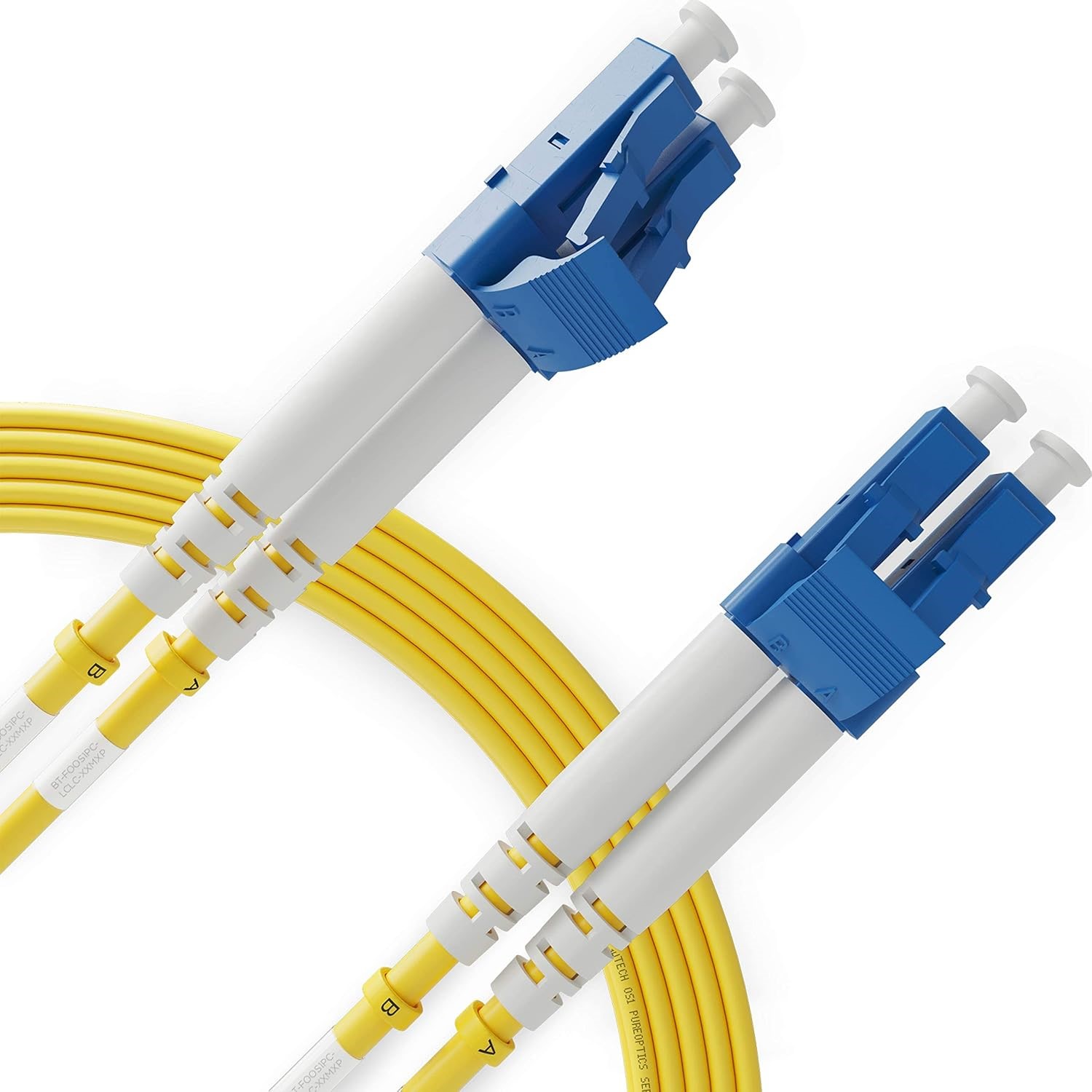
What is a Multimode Fiber Cable?
On the other hand, multimode fiber cable has a larger core, generally around 50 to 62.5 microns. This allows multiple modes of light to travel through it, which leads to more data transmission in shorter distances. Because of this, multimode fiber cable is often preferred for applications that don’t require long distances, like local area networks (LANs) and intra-building connections.
While multimode fiber cable may have higher attenuation and signal distortion over long distances, it is an affordable solution for many businesses. It’s widely used in data centers, campuses, and commercial buildings where shorter transmission distances are acceptable.
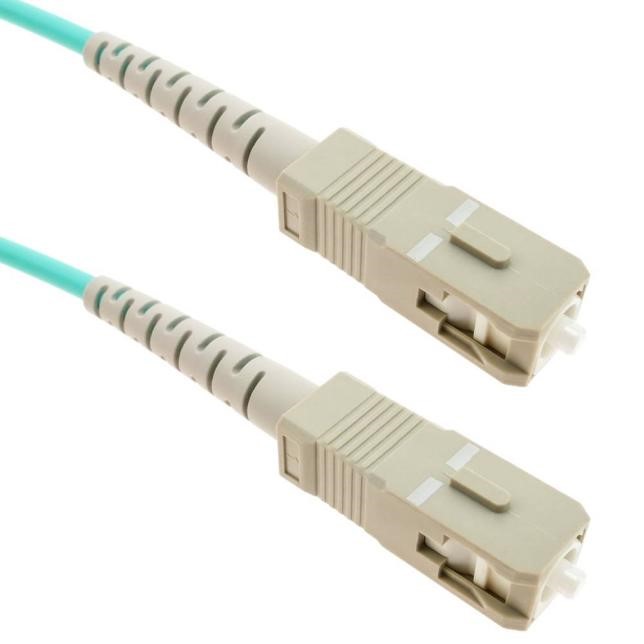
Signal Quality
One major difference between single mode fiber cable and multimode fiber cable is signal quality. Single mode fiber cable transmits data using a single light mode, resulting in clearer and less distorted signals over long distances. Multimode fiber cable, with multiple light paths, can cause more modal dispersion and signal degradation, especially over longer distances.
Main Distinctions Between Single Mode and Multimode Fiber
- Core Size: The most significant difference is the core size. Single mode fiber cable has a smaller core (9 microns), while multimode fiber cable has a larger core (50 or 62.5 microns).
- Transmission Distance: Single mode fiber cable is perfect for long-distance communication, often extending up to 40 kilometers or more. In contrast, multimode fiber cable is more suitable for shorter distances, typically up to 2 kilometers.
- Cost: Generally, multimode fiber cable is less expensive in terms of the cable itself and the required light sources. Single mode fiber requires more precise lasers, which can raise costs but provide better performance over distance.
- Bandwidth: Single mode fiber cable offers higher bandwidth and faster speeds over longer distances. Multimode fiber cable, though effective in shorter applications, is limited in terms of bandwidth and distance.
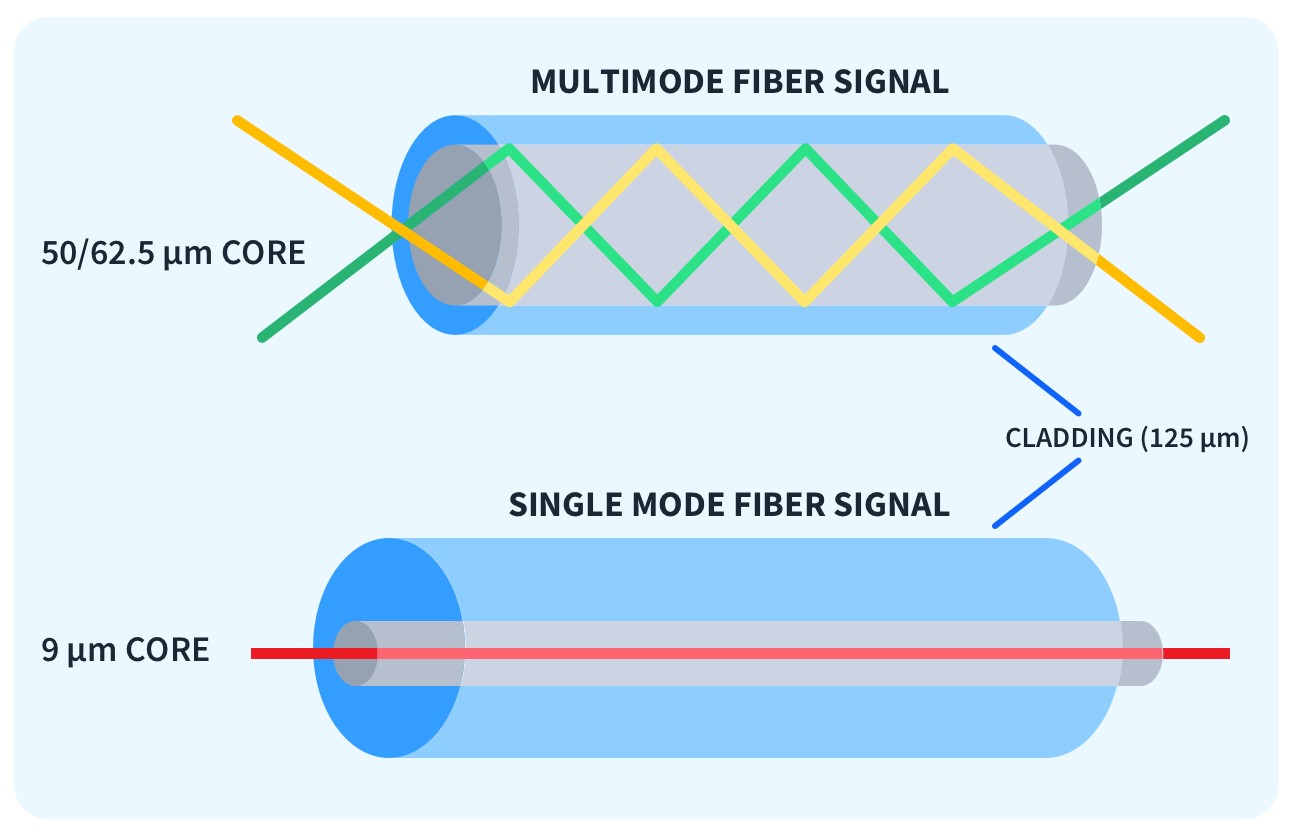
Which One Should You Choose?
The choice between single mode fiber cable and multimode fiber cable depends on your specific requirements. If you need long-distance data transmission and higher bandwidth, single mode fiber cable is your best bet. But if you’re working within a campus or building, where distance is limited, multimode fiber cable can provide a cost-effective solution.
At OMC Cable, we offer both single mode fiber cables and multimode fiber cables that cater to various needs. Whether you’re setting up a large-scale telecommunications network or a simple LAN, we have the fiber optic solution for you. For inquiries about our fiber optic cables, contact us.


